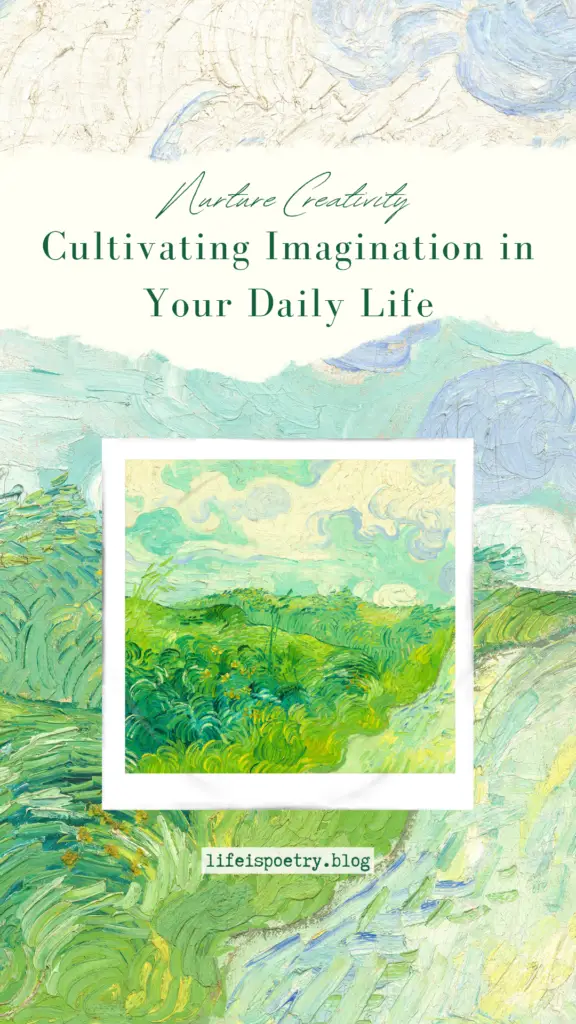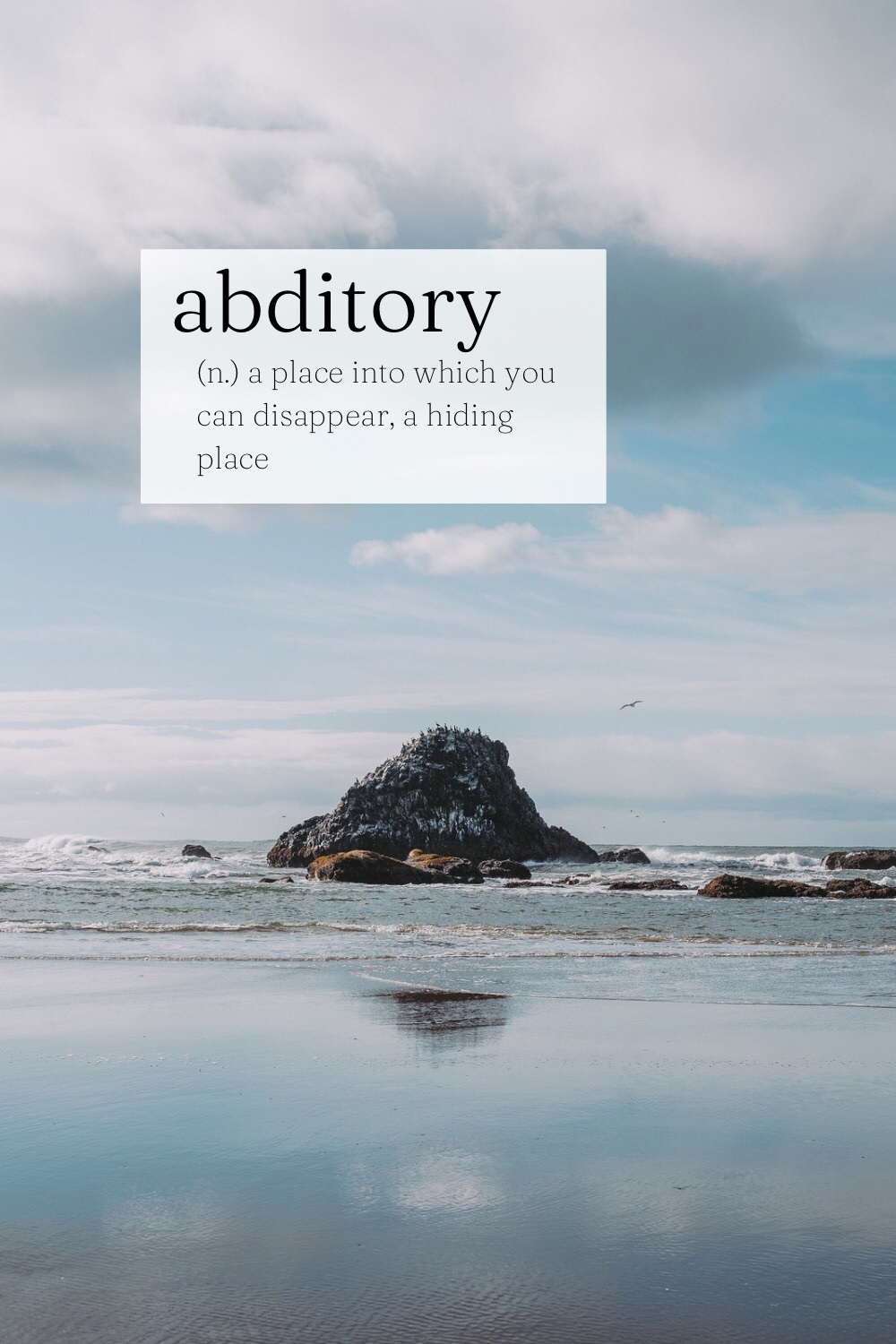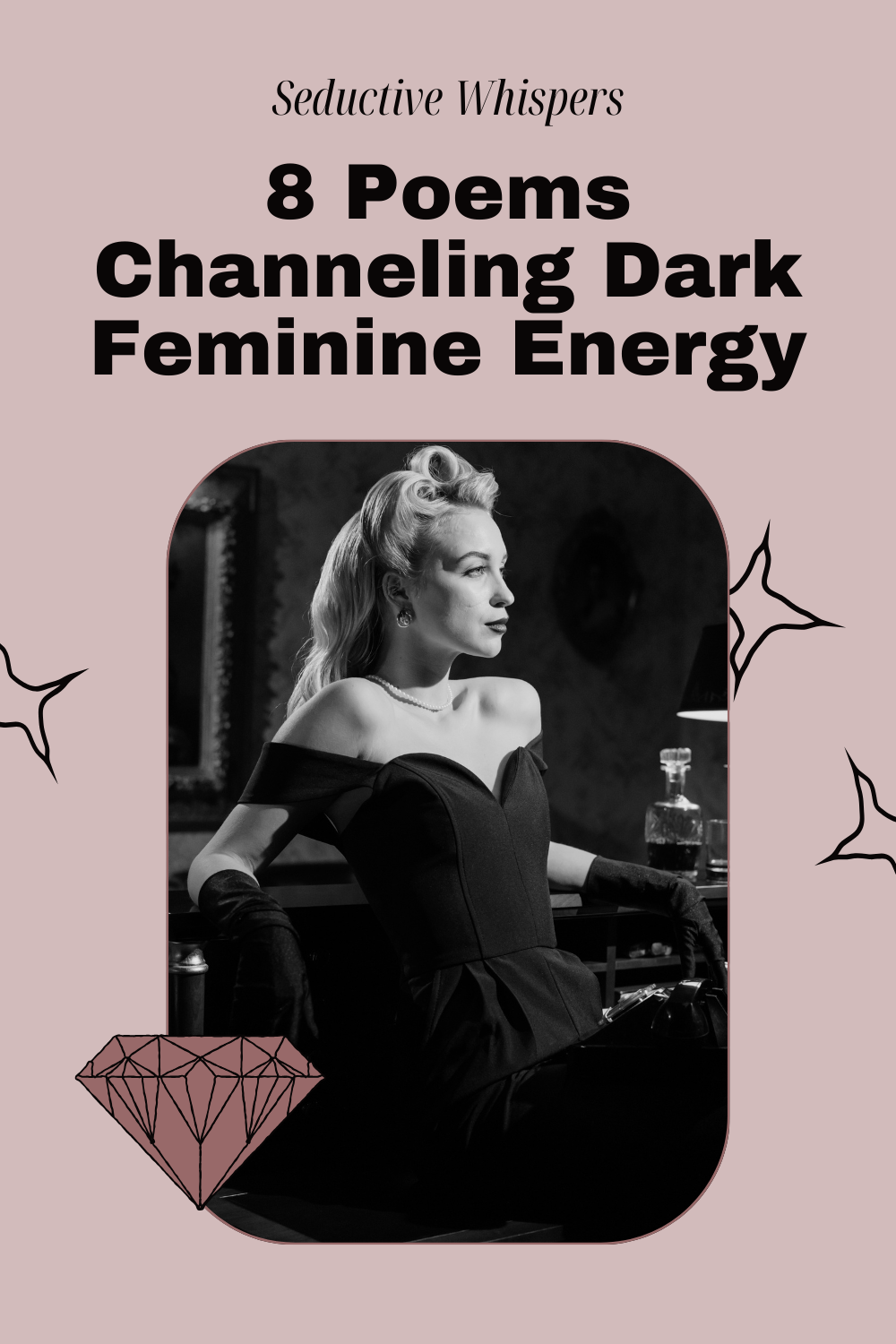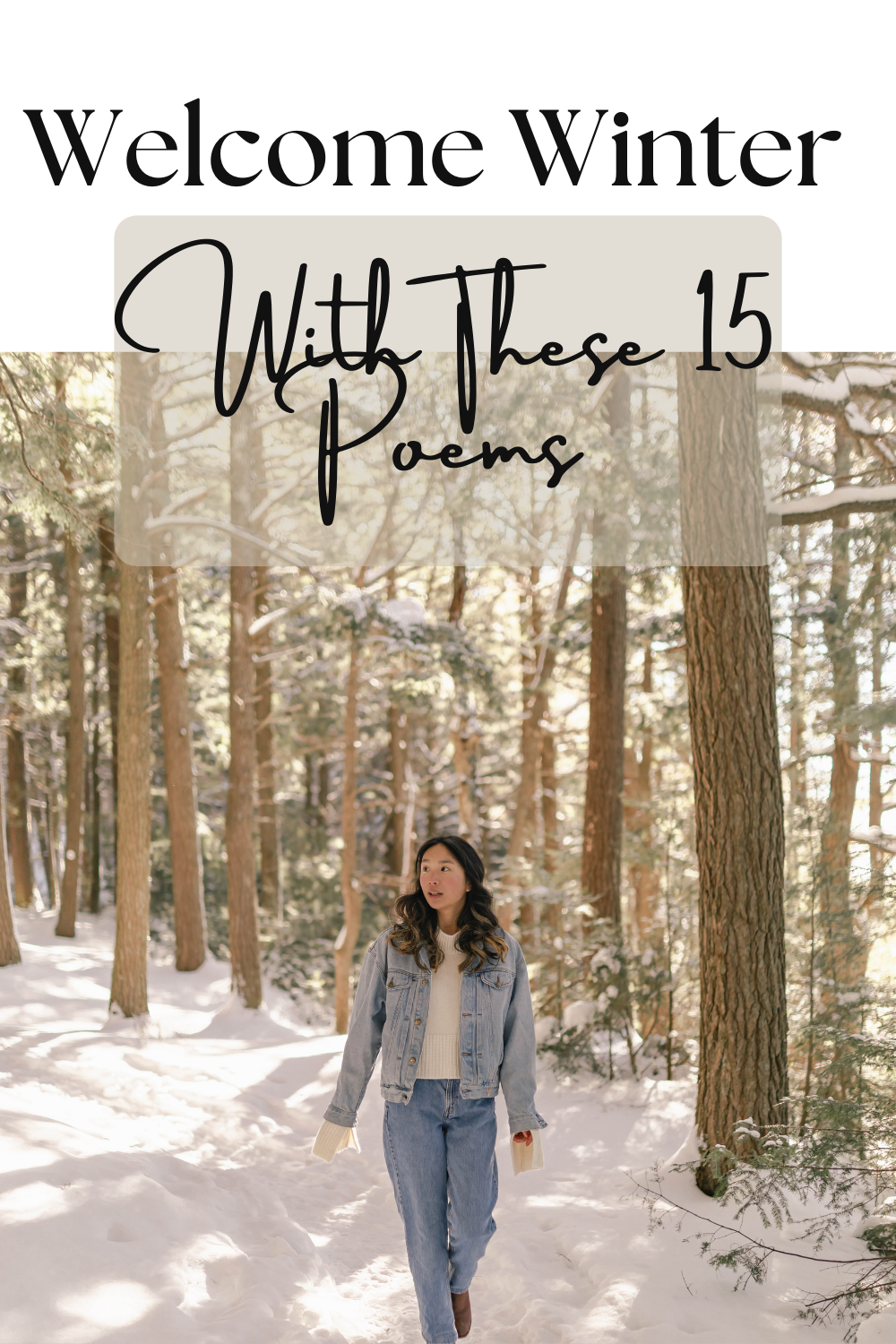Easy Poetry Writing Tips & Tricks for the Aspiring Poet
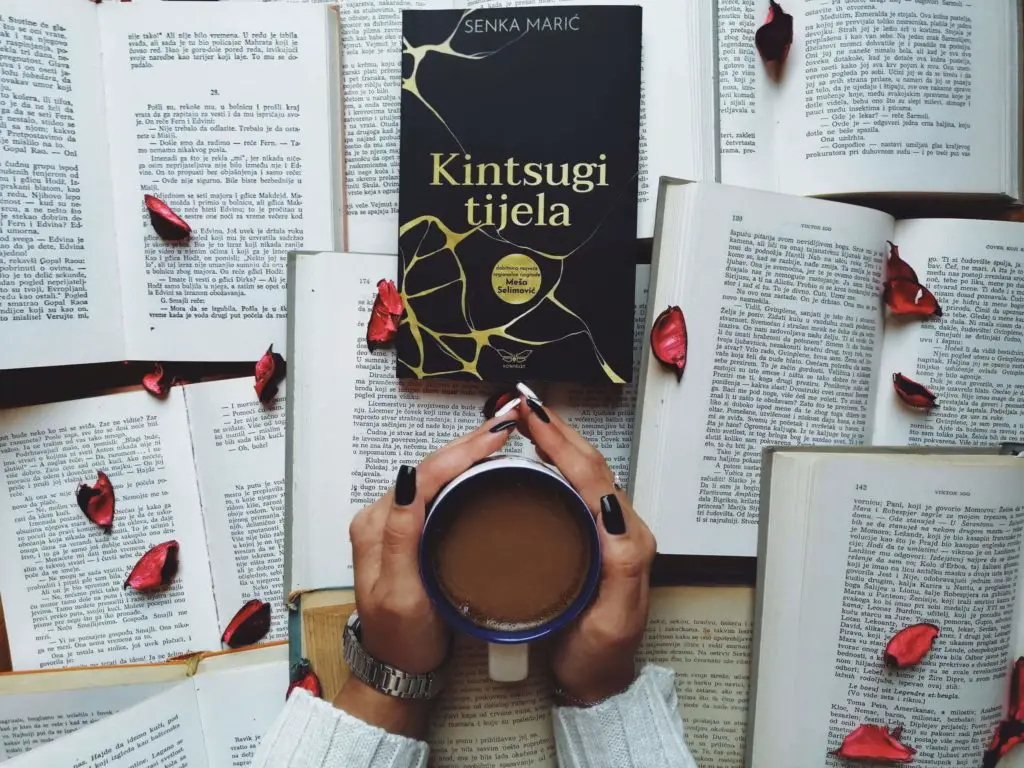
Have you ever been mesmerized by the magic of poetry? Have you ever felt the urge to craft your own verses and paint your emotions with words? Well, you’re in the right place because we’re about to embark on an enchanting journey into the realm of poetry.
I know, I know, poetry can seem like an intricate puzzle at times, with its metaphors, sonnets, and rhyming schemes. But guess what? There are no rigid rules, and you don’t need a degree in literature to become a poet. Poetry is, as they say, “language at its most distilled and most powerful.” So, let’s unlock your creative voice and discover the wonderful world of poetic self-expression.
In this step-by-step guide, I’ll walk you through the process of crafting your own poems. From understanding the very essence of poetry to weaving words into beautifully structured verses, we’ll cover it all. So, grab your favorite pen, your trusty journal, and let’s embark on this poetic adventure together. Whether you’re a seasoned poet looking to refine your skills or haven’t written a poem since high school, this guide is here to inspire you to put pen to paper and create poetry that resonates with your soul.
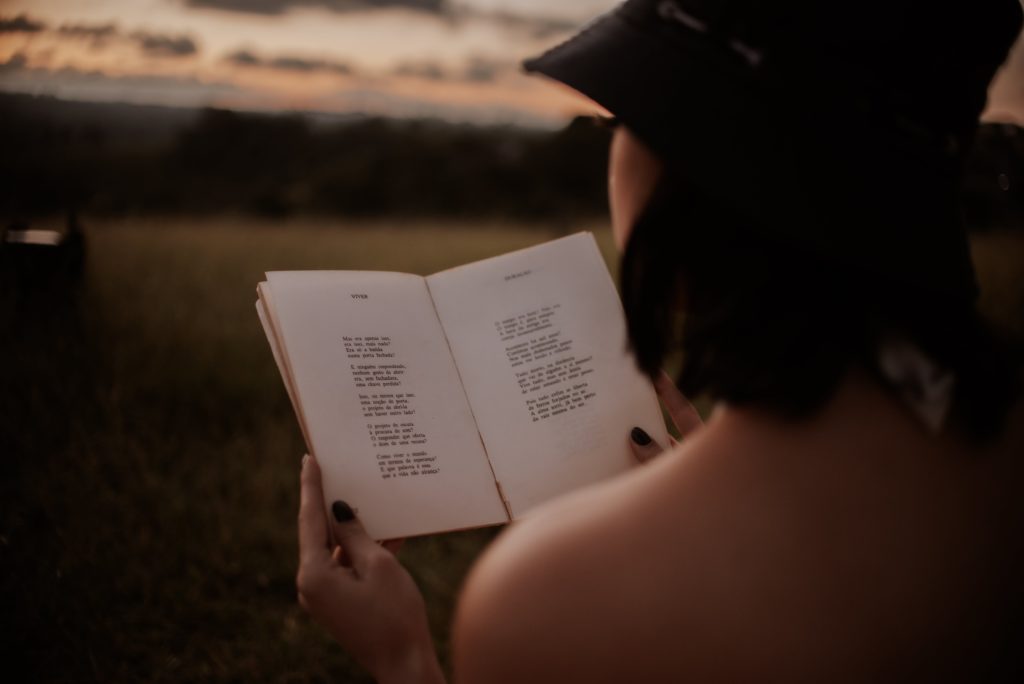
Understanding Poetry
What Is Poetry?
Ah, the age-old question: what exactly is poetry? Poetry is like that elusive butterfly you try to catch in your net of understanding. It’s not easy to define, and that’s the beauty of it. Think of poetry as a colorful mosaic of words, a dance of emotions, and a playground of language. It’s where the ordinary becomes extraordinary.
The Power of Emotion in Poetry
Ever read a poem and felt like it had reached right into your heart and plucked a string you didn’t even know was there? That’s the magic of poetry. It’s a powerful medium for expressing emotions, a vessel for your joys, sorrows, hopes, and fears. It’s where the soul can sing and the heart can weep, all in a few carefully chosen words.
Poetry: Language at Its Most Powerful
Former US Poet Laureate Rita Dove once described poetry as “language at its most distilled and most powerful.” And she couldn’t be more spot on. Poetry is a masterclass in the art of words. It’s not about verbosity; it’s about impact. Every word counts, every line resonates, and every poem is a world in itself. Get ready to harness this incredible power as we delve deeper into the poetic universe.
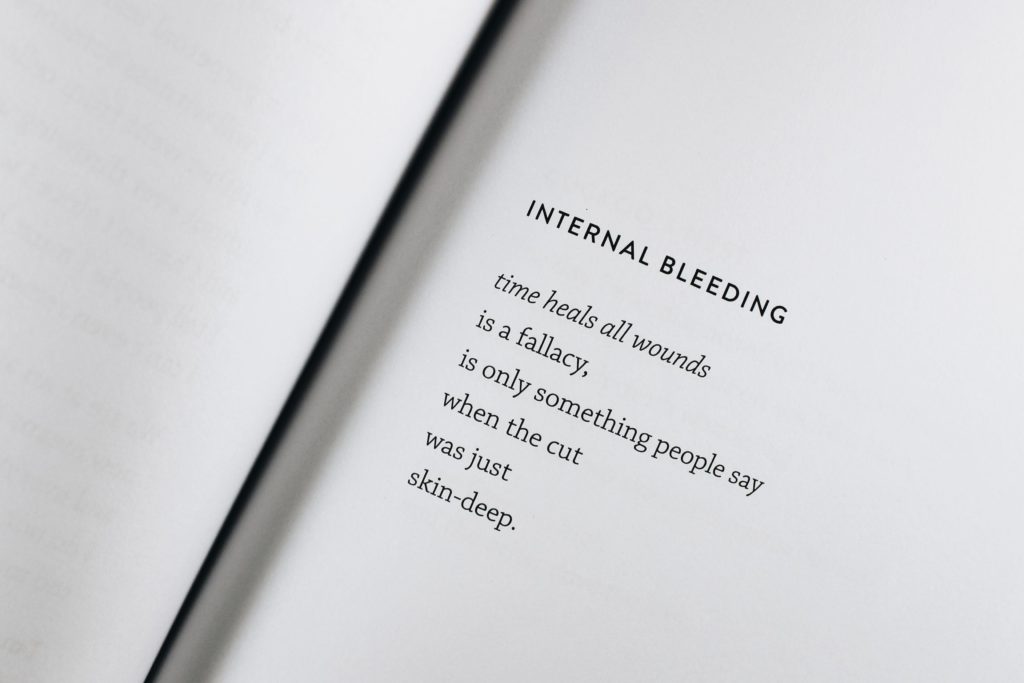
The Elements of Poetry
The Importance of Rhythm: Sound, Rhyme, and Meter
Rhythm in poetry is like the heartbeat of the written word. It’s what makes poetry feel alive, drawing readers into a world of sound and emotion. Let’s break down this vital aspect:
- Sound: Words can sing, shout, or whisper. They can evoke emotions solely through their sounds. For example, the poem “Beat! Beat! Drums!” by Walt Whitman uses percussive sounds to mimic the beating of war drums. The repetition of “b,” “d,” “w,” and “t” sounds conjures the noise and chaos of conflict.
- Rhyme: We’ve all heard of rhymes—words that sound alike. But did you know there are different types of rhyme? There’s perfect rhyme (words that sound the same, like “slant” and “pant”), slant rhyme (almost identical sounds, such as “abut” and “about”), and even homophones (like “tail” and “tale”). Rhyme adds a musical quality to poetry, connecting words in a harmonious dance.
- Meter: Think of meter as the poem’s heartbeat. It’s the pattern of stressed and unstressed syllables that gives the poem its rhythm. There are various meters, from iambic (unstressed-stressed, like “toDAY”) to dactyl (stressed-unstressed-unstressed, like “HAP-pi-ly”). The choice of meter can profoundly impact a poem’s tone and mood.
Remember Samuel Taylor Coleridge‘s words: “Prose: words in their best order; poetry: the best words in the best order.” The way these elements are arranged matters, and they breathe life into poetry.
The Role of Form in Poetry
Poetry isn’t just a mishmash of words; it’s an art form with structure. The form is like the scaffolding that holds the poem together. Here’s a quick peek into the world of poetic form:
- Traditional Forms: Ever heard of sonnets, villanelles, or haikus? These are traditional forms with specific rules, like rhyme schemes and syllable counts. For instance, a sonnet typically has 14 lines and follows a strict rhyme scheme, like Shakespeare’s famous sonnets.
- Free Verse: In contrast, free verse poems break the rules. They’re the wild and untamed cousins of structured forms. There are no specific requirements for length, rhyme, or meter. Free verse poets have the liberty to let their words roam free, creating a more conversational tone.
- Line and Stanza Breaks: Here’s where it gets interesting. Poets decide where to break lines and stanzas, and this decision isn’t arbitrary. Line breaks emphasize certain words, while stanza breaks signal a shift in tone or topic. They’re like the signposts that guide you through a poem.
So, in the world of poetry, form isn’t about restricting creativity but rather providing a framework for it. It’s like a painter choosing a canvas and deciding where to apply the brushstrokes.
Unlocking Creativity with Literary Devices
Poetry isn’t just about stringing pretty words together; it’s about using literary devices to paint pictures and stir emotions. Here are a few key tools to get creative:
- Metaphor: A metaphor is a direct comparison between two seemingly unrelated things, like “time is money.” It adds layers of meaning to your writing and can create vivid imagery.
- Simile: Similar to a metaphor, a simile compares two things, but it uses “like” or “as” to do so. For instance, “her smile was as bright as the sun.” Similes make descriptions more vivid and relatable.
- Juxtaposition: Juxtaposition places two contrasting things side by side to highlight their differences and create an impact. It’s like yin and yang in poetry, creating a harmonious balance through contrast.
- Irony: Irony adds a twist to your poem. It’s when you say one thing but mean another, often creating a humorous or thought-provoking effect. It’s the unexpected plot twist in the world of words.
- Hyperbole: Hyperbole is all about exaggeration. It takes a simple idea and blows it out of proportion for dramatic effect. You might say, “I’m so hungry I could eat a horse!”
These literary devices are your paintbrushes and palettes, allowing you to create a masterpiece on the canvas of your choice. Poetry is about finding the perfect colors and strokes to craft a visual and emotional experience for your readers. So, let’s dive into the artist’s world of words and get creative! 🎨
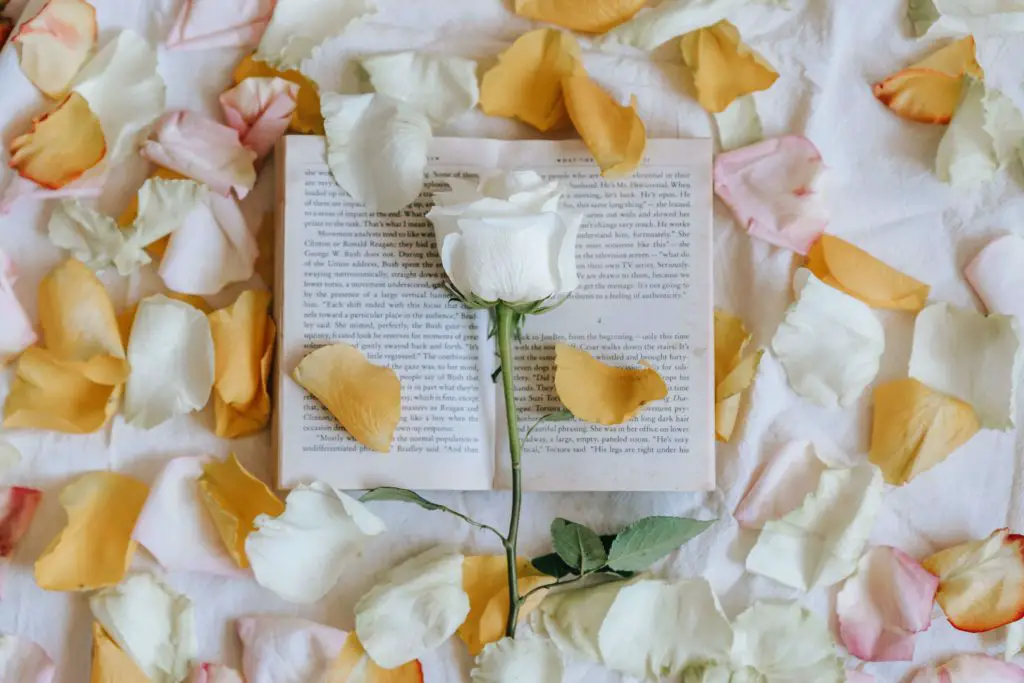
How to Write a Poem, Step by Step
Step 1: Choosing Your Poem’s Topic
Choosing the topic for your poem is like picking the flavor of ice cream for your sundae. It’s the essential starting point of your poetic journey. Just as a scoop of your favorite ice cream sets the tone for your dessert, your chosen topic sets the mood for your poem.
How to Choose Your Poem’s Topic:
Follow Your Passions: Begin by thinking about what truly excites you. Your passions can be a fantastic source of inspiration. Love stargazing? Write about the constellations. A foodie at heart? Explore the aroma of your favorite dish.
Reflect on Emotions: Poetry is a medium for expressing emotions. Think about the feelings you want to convey. Are you bubbling with joy, feeling melancholic, or brimming with curiosity? Your emotions can guide your topic.
Observe Your Surroundings: Sometimes, your poem’s topic can be right in front of you. Observe your surroundings—nature, city life, or even your cozy bedroom. What catches your eye?
Borrow from Memories: Your personal experiences hold a treasure trove of ideas. Recall memories from your past, whether heartwarming or bittersweet. They can be the canvas for your poetic art.
Step 2: The Power of Journaling
Imagine your journal as a treasure chest filled with poetic gems. It’s your secret space to let your thoughts, emotions, and creativity flow freely. In the world of poetry, this step is like diving into a stream of consciousness. Let’s tap into the power of journaling and bring your inner poet to life.
Why Journaling Matters:
- Raw Material: Your journal is your playground for unfiltered thoughts. It’s a place where you can express without restraint. Often, the most authentic and powerful ideas emerge here.
- Emotions Unleashed: Emotions are the lifeblood of poetry. Journaling allows you to pour your emotions onto the pages. It’s a safe space to explore your feelings and experiences.
- Seedbed for Creativity: Your journal is like fertile soil where ideas germinate. The random musings you jot down can sprout into magnificent poems. Don’t be surprised if your daily observations turn into your best work.
Step 3: Deciding on Form
Just as a painter selects a canvas, you choose a poetic form. The form is the frame for your poetic art. It’s like choosing the perfect brushstroke for a painting or the ideal lens for a photograph. It determines how your words will flow and where they’ll hit the paper.
How to Decide on the Poetic Form:
Understand Classic Forms: Start by familiarizing yourself with classic forms like sonnets, haikus, and ballads. Each form has unique rules and structures. It’s like learning the techniques in art before you find your style.
Free Verse Freedom: If you prefer creative freedom, free verse is your playground. It’s like abstract art—no boundaries, no specific rules. You mold your poem as you see fit.
Align with Emotion: Your form should align with the emotions you want to convey. For deep, contemplative thoughts, consider a sonnet. For the fleeting beauty of a moment, haiku might be perfect.
Experiment: Don’t be afraid to experiment. Like an artist trying a new medium, explore different forms until you find one that resonates with your poetic voice.
Step 4: Crafting the First Line
The first line of your poem is the grand entrance, the handshake that welcomes readers into your world. It’s your poem’s first impression, akin to the opening scene of a movie. A strong first line sets the tone for what’s to come and keeps readers intrigued.
Crafting an Intriguing First Line:
- Paint a Vivid Image: Create a mental image with your words. Whether it’s a breathtaking landscape or a small detail, your first line should paint a picture in the reader’s mind.
- Evoke Emotion: Begin with a line that stirs emotion. Make the reader feel something right from the start. Poetry is about connecting on an emotional level.
- Pose a Question: Questions pique curiosity. Starting with a thoughtful question can engage your reader’s mind from the very beginning.
- Use Strong Imagery: Immerse your reader in your poem’s world by using powerful, sensory imagery. Engage their senses, and they’ll be drawn deeper into your work.
Step 5: Developing Ideas and Literary Devices
Now, it’s time to dive deep into your poetic waters. You’ll use literary devices to create vibrant imagery and emotional depth. This step is like adding layers and textures to your artistic masterpiece. Let’s explore the tools in your poetic toolbox.
Developing Ideas and Literary Devices:
Metaphor and Simile: Compare two unrelated things to create striking images. “Her laughter was a bubbling brook” is an example of a simile, comparing laughter to a brook.
Personification: Give human qualities to non-human things. “The wind whispered through the trees” personifies the wind by suggesting it can whisper.
Imagery: Engage the senses of your readers by creating vivid imagery. Describe sights, sounds, tastes, smells, and textures to immerse them in your world.
Symbolism: Use symbols to convey deeper meanings. A red rose can symbolize love and passion, while a withering leaf can symbolize the passage of time.
Juxtaposition: Contrast two elements for effect. Juxtaposition can emphasize differences or create unexpected connections. For example, combining “darkness” and “stars” can create a striking contrast.
Alliteration: Repeating consonant sounds can create a musical quality in your poem. “Silent as the snow” is an example of alliteration.
Rhyme: Rhyming words or phrases can create a pleasing, rhythmic quality. Whether it’s the classic AABB rhyme scheme or something more complex, rhyming adds structure and musicality.
Step 6: Crafting the Closing Line
You’ve taken your readers on a poetic journey, and now it’s time to land the plane. The closing line is like the final stroke of a brush on a canvas, the note that lingers at the end of a beautiful melody. It’s the conclusion that leaves a lasting impression.
Crafting a Memorable Closing Line:
Echo the Beginning: Consider referencing the first line or an earlier part of your poem. This can create a sense of closure and connection.
Circle Back to the Theme: If your poem explores a specific theme, bring that theme full circle in the closing line. This reinforces the message you want to convey.
Leave Room for Contemplation: A good closing line can be thought-provoking. It’s like a door left slightly ajar, inviting readers to explore the poem’s meaning further.
End with a Strong Image: Finish with an image that lingers. Leave your readers with a visual or emotional imprint that stays with them.
Step 7: The Art of Editing
Editing is where the rough gem of your poem transforms into a glistening jewel. This step is as vital to your poem as refining clay is to a sculptor. It’s the process of refining, polishing, and perfecting your work.
The Art of Editing:
Read Aloud: Reading your poem aloud helps you catch awkward phrasing, pacing issues, and opportunities for better rhythm.
Check Flow: Ensure your poem flows smoothly from line to line and stanza to stanza. It should be a journey, not a series of disjointed stops.
Trim Excess: Remove unnecessary words or lines. Keep only what contributes to your poem’s meaning and impact.
Clarify Your Message: Sometimes, a poem’s meaning may be crystal clear to you but not to your readers. Edit to make your message more accessible without losing depth.
Seek Feedback: Don’t hesitate to share your work with fellow poets or friends. Fresh eyes can provide valuable insights.
Sleep on It: After editing, let your poem rest. Come back to it with fresh eyes the next day. You’ll often spot areas for improvement you missed before.
Remember, there’s no rush in the world of poetry. Take your time, experiment, and enjoy the journey of self-expression. Poetry is as much about the process as it is about the final piece.
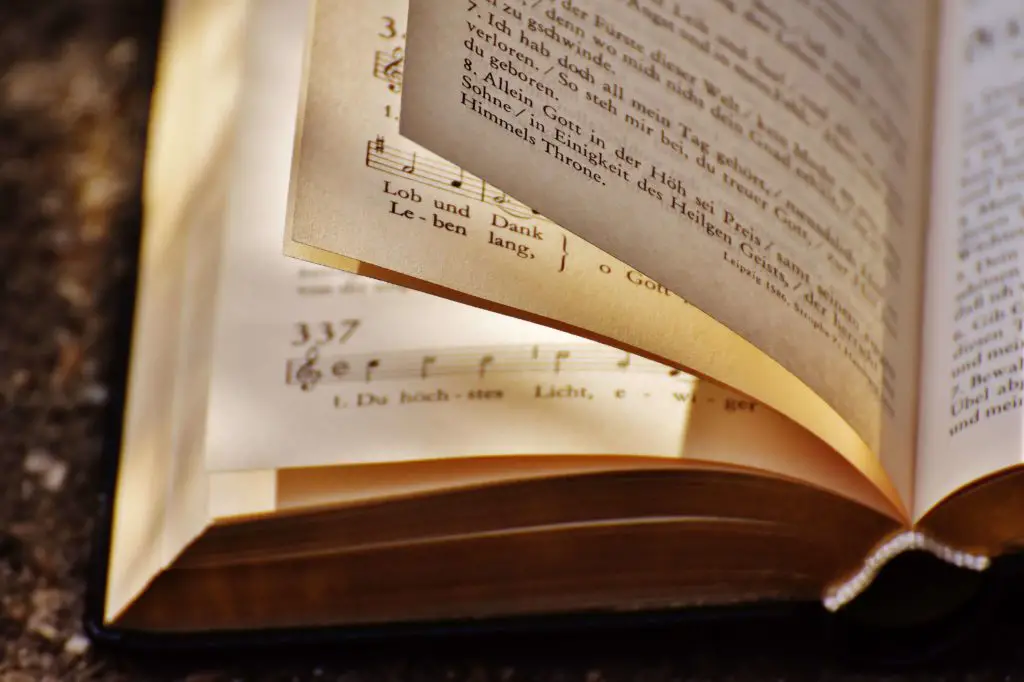
Your Poetic Journey Begins Now – Write, Express, and Explore
And there you have it, fellow wordsmiths and aspiring poets! Your poetic journey is just beginning, but with each word you write, you’re diving deeper into the enchanting world of poetry.
Remember, the most important rule of poetry is that there are no strict rules. Poetry is your canvas, and your emotions, thoughts, and experiences are the vibrant colors waiting to be splashed across it. It’s a realm where you can play, experiment, and uncover the profound beauty hidden in language.
The world of poetry is vast and diverse, filled with countless styles, voices, and themes. As you venture into it, don’t hesitate to explore the works of famous poets like Langston Hughes, Emily Dickinson, or Pablo Neruda. Their poems can serve as guiding stars, illuminating the infinite possibilities within the realm of verse.
But most importantly, write for yourself. Let your poems be your companions on this journey of self-discovery and creativity. Some verses may remain tucked in the pages of your diary, while others might find their way into the hearts of readers around the world.
Read More:

